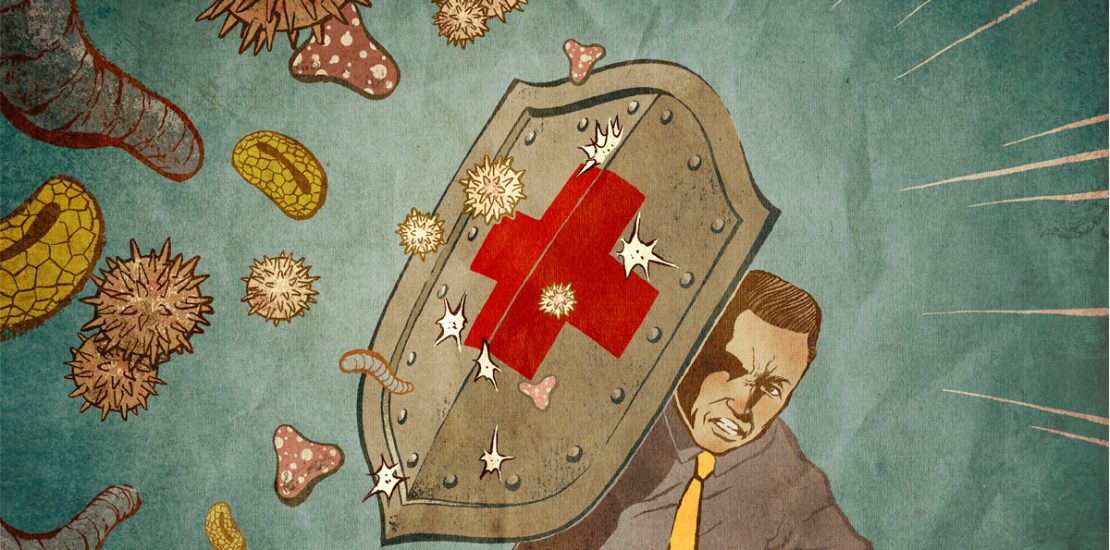It’s Time the WHO and the Private Sector Acted Together to Tackle Barriers to HealthcareOPED BY PIETRO PAGANINI PUBLISHED BY EURONEWS.COM
- 21 February 2020
- Posted by: Competere
- Categories: highlights, News

At the World Health Organization’s (WHO) Executive Board meeting in Geneva, member states will establish the global health agenda for 2020. One of the priority agenda items is finding sustainable pathways to implement universal health coverage (UHC) – a United Nations-backed initiative to ensure affordable access to basic health services. The issue has remained a focus of the WHO because at least half of the world’s population still does not receive full coverage of essential health services.
We cannot close the gap in access to care without the public and private sectors working together in a collaborative way — something the WHO itself has recognised in the past. Director-General Tedros Adhanom Ghebreyesus has repeatedly affirmed the value of public-private collaboration. Despite this recognition, the WHO is considering a proposal that would seriously undermine the role of the private sector in developing new cures and treatments for diseases.
In 2008, the WHO adopted the Global Strategy and Plan of Action on Public Health, Innovation and Intellectual Property (GSPOA). The goal of GSPOA was to strengthen investments and increase research and development (R&D) into diseases that disproportionately affect developing countries. At the time, it included language reflecting consensus on the positive role of intellectual property (IP) in global health. However, the GSPOA draft being considered at this year’s WHO Executive Board proposes policies that would undermine IP rights. These include promoting IP-weakening policies such as unrestricted use of compulsory licensing, which is when governments permit production of a patented medicine without the consent of the owner.
Strong IP rights are the driving force of private sector innovation. They provide companies with the incentive to invest billions each year into finding new cures. Europe is a global centre for innovation, with some €35 billion invested into R&D in 2017 alone. New treatments and cures are always going to be needed, whether to contain communicable disease outbreaks like Ebola or the coronavirus or to treat non-communicable diseases like heart disease and diabetes.
At times, the WHO has tried to have it both ways by demanding more investments and innovation out of the private sector while promoting policies that undermine it. For example, take the rising burden of neglected tropical diseases (NTDs), where funding for global health treatment and research has leveled or declined. The WHO has estimated $150 billion (€136 billion) are needed to restore the pipeline of drugs for these diseases. To overcome this gap and others like it, we need a system that incentivises companies to invest more into research, not less.
Governments and the WHO cannot achieve UHC alone, especially in low- to middle-income countries. The private sector provides up to 80% of health care in many developing countries, so it is impossible to ignore the private sector when seeking to expand health coverage there. It only makes sense that the public and private sectors should work together to tackle barriers to health care; such as taxes and tariffs, poor infrastructure, expensive and inefficient supply chains, and insufficient public investment in health care.
Public-private partnerships in global health are already producing positive results around the world. To name just one, Amref Health Africa, Philips, and Kenya’s Makueni County formed a partnership in East Africa to test an innovative model for primary healthcare delivery to serve over 20,000 people. The partnership works to improve the quality of care through interventions like installing new medical equipment, enhancing supply chain for drugs and consumables, and ensuring adequate staffing. It also helps people seek out the care they need with newly-created community health units that inform the population on health-related issues. Eventually, these organizations plan to scale to over 200 facilities and reach nearly a million residents across Kenya. These kinds of partnerships take advantage of the strengths of both the public and private sectors—the resources and innovative solutions of businesses coupled with the scale provided by governments.
To have a tangible impact that improves people’s lives, member states at this year’s WHO Executive Board must avoid vilifying IP rights as a barrier to care. Instead, they should explore practical and concrete steps to help bring healthcare to those who need it. WHO Executive Board member states have an opportunity to make real progress on global health goals by further committing themselves to public-private collaboration. Universal health coverage cannot be accomplished without the private sector.
